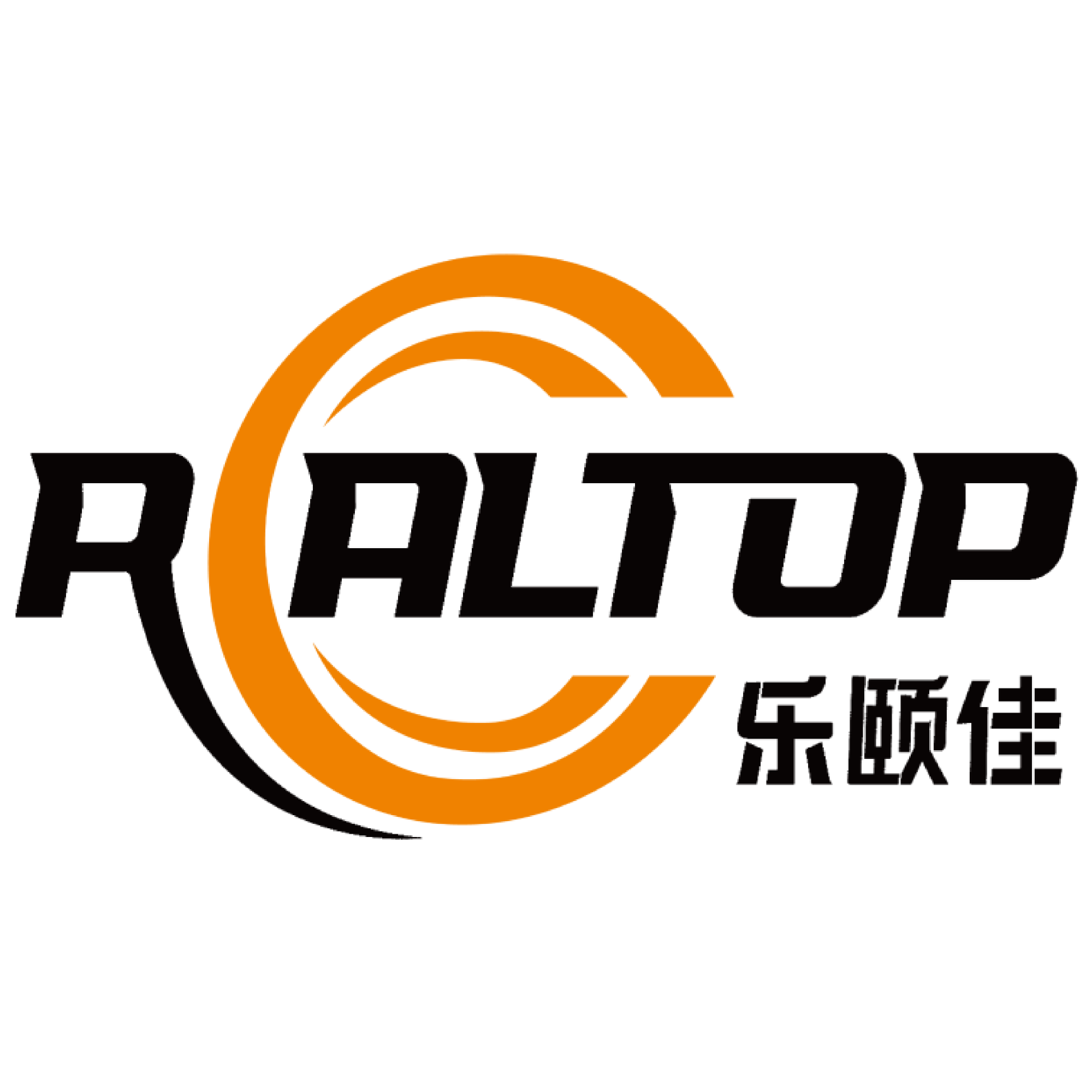Enhanced Precision and Accuracy in Leather Cutting
How High-Precision Cutting Machines Achieve Micrometer-Level Accuracy
High-precision cutting machines, including laser and CNC cutters, are engineered to achieve micrometer-level accuracy, significantly minimizing errors in the cutting process. These machines incorporate advanced technologies and are complemented by the use of CAD/CAM software, which ensures designs are precisely translated into cutting patterns with stringent adherence to tolerances. Additionally, regular machine calibrations, alongside systematic inspections, play a crucial role in maintaining performance consistency over time. This attention to detail allows for the production of components that are both highly accurate and reliable.
Impact on Product Quality and Consistency
Precision cutting has a profound impact on the quality and consistency of leather goods. Uniform parts are essential to ensuring that each piece meets meticulous design specifications, which leads to a superior end-product. When a business can vouch for the consistency in its products, it reduces scrap rates and waste, allowing for increased material efficiency and cost-effectiveness. Case studies from leading leather manufacturers highlight that improvements in cutting precision have directly correlated with higher customer satisfaction, underscoring the value of investing in high-precision cutting technology.
Comparison to Traditional Leather Cutting Methods
Traditional leather-cutting methods, which often rely on manual operations, are prone to variability and human error. In contrast, high-precision cutting machines deliver more reliable outcomes. These advanced machines provide rapid, repeatable results, drastically reducing lead times when compared to manual techniques. As a result, numerous manufacturers have demonstrated a quantifiable return on investment (ROI) after transitioning from traditional cutting methods to state-of-the-art technology. This shift not only enhances the quality of the items produced but also boosts productivity and ultimately, business profitability.
Increased Production Efficiency and Time Savings
Automated Pattern Recognition and Batch Processing
Automated pattern recognition revolutionizes cutting processes by swiftly identifying cutting schemes, drastically reducing manual setup time. This technology enables seamless transitions from one design to another, accelerating production workflows. In tandem, batch processing optimizes operations by allowing multiple patterns to be processed simultaneously, minimizing downtime and elevating overall output efficiency. As a result, companies that incorporate these technologies have reported an impressive increase in production output, often by up to 30%, showcasing the profound impact on efficiency and profitability.
Reduced Manual Intervention in Complex Designs
Advanced software algorithms empower machines to handle complex designs with precision, significantly reducing the need for manual adjustments by skilled labor. This automation not only speeds up processes but also mitigates the risks of operator fatigue and human error, ensuring higher accuracy in production. Industry reports highlight how automation can enhance productivity, allowing workers to redirect their efforts towards strategic tasks that require human ingenuity, thereby optimizing both machine and human resources for superior outcomes.
24/7 Operational Capabilities for Large Orders
High-precision cutting machines are designed for continuous operation, catering specifically to large order demands without compromising on quality. Automation plays a crucial role in ensuring seamless monitoring and management, allowing shifts to run perpetually around the clock. This capability not only meets the demands of significant order volumes but also brings about substantial savings in labor costs and production timelines. Businesses benefit from an optimized operational model that harnesses continuous functionality for enhanced productivity and cost efficiency.
Waste Reduction Through Nesting Software
Nesting software is revolutionizing the way leather patterns are arranged, significantly reducing waste and enhancing cost-effectiveness. By efficiently arranging patterns on leather hides, nesting software minimizes material waste, resulting in substantial cost savings for manufacturers. In fact, many Leather Cutting Machine manufacturers utilize these programs to optimize material usage, showcasing statistics on waste reduction that can be considerable, especially with complex designs. This technology has become a staple in leading leather manufacturing companies, demonstrating a strong return on investment (ROI) as evidence shows a noteworthy reduction in overall material costs.
Lower Labor Costs via Streamlined Workflows
Streamlined workflows in the leather cutting industry, achieved through automation, have reduced the required workforce significantly. This reduction is particularly evident in cutting operations where the integration of advanced machines minimizes the need for skilled labor. Even small teams now efficiently manage large-scale production thanks to automation. Financial analysis indicates that businesses can recover their initial technological investments within a few years solely through labor savings. By minimizing staffing requirements, companies not only cut costs but also enhance productivity; a streamlined workflow ensures outputs meet expected quality standards while maintaining efficiency.
Energy-Efficient Operation Modes
Energy-efficient operation modes in cutting machines are becoming hallmarks of cost-cutting strategies in leather manufacturing. High-precision leather cutting machines are now designed with energy-efficient features, helping reduce operational costs significantly. By monitoring energy consumption during operations, manufacturers can lower their overall costs while simultaneously being environmentally conscious. Research indicates that adopting energy-efficient machinery can lead to energy savings of up to 20%, which significantly contributes to the cost-effectiveness of the production process. This translates not only into economic savings but also promotes sustainable manufacturing practices that align with global environmental standards.
Versatility Across Leather Types and Applications
Adaptability to Exotic and Industrial-Grade Leathers
High-precision cutting machines are specifically designed to adapt to a wide range of leather types, from exotic skins like alligator and snakeskin to robust, industrial-grade materials such as cowhide. This adaptability allows manufacturers to diversify their products and reach new markets, expanding their customer base and improving profitability. The ability to work with various leather types is increasingly demanded by industry experts, who emphasize the importance of versatility to keep up with differing market needs and trends.
Multi-Layer Cutting Capabilities
The integration of multi-layer cutting capabilities in leather cutting technology marks a significant improvement in manufacturing processes. This function enables manufacturers to execute intricate and complex designs by cutting multiple layers of leather simultaneously, thus enhancing the quality and detail of the finished product. By reducing the need for additional manual setup, this technology improves efficiency, as evidenced by data showing lead time reductions of up to 25%. These capabilities enable manufacturers to meet higher-volume demands without sacrificing precision or quality.
Custom Tooling for Specialty Products
Customization is key in today's competitive market, and the ability of high-precision leather cutting machines to incorporate custom tooling offers a distinct advantage. This flexibility allows for the production of specialized leather items tailored to unique specifications, extending beyond the capabilities of traditional cutting methods. Industry feedback highlights how custom tooling provides a competitive edge, especially in niche markets focusing on bespoke or limited-edition products. This adaptability not only opens new business opportunities but also fosters innovation in leather product design and manufacturing.
Improved Workplace Safety and Ergonomics
Laser-Guided Safety Protocols
Investing in advanced cutting equipment enhances workplace safety through the integration of laser-guided safety protocols. These systems provide real-time alerts and ensure compliance with operational protocols, effectively minimizing risks. For instance, features such as automatic shutoff activated by laser sensors protect operators during unexpected disruptions. Notably, industries implementing these technologies have experienced significant reductions in workplace injuries, underscoring their efficacy. By creating a safer environment, businesses not only protect their workforce but also improve overall productivity, as safety-related disruptions are minimized.
Dust Extraction and Ventilation Systems
Cutting machines equipped with integrated dust extraction and ventilation systems significantly contribute to healthier work environments. These systems minimize airborne particles generated during cutting processes, thereby maintaining air quality and reducing respiratory issues among employees. Efficient ventilation enhances air circulation, further improving workspace conditions. Notably, health and safety evaluations reveal a direct correlation between improved air quality and increased employee satisfaction and productivity. By investing in adequate dust extraction and ventilation systems, businesses can ensure a comfortable and safe working environment, which is crucial for retaining a healthy workforce.
Operator-Friendly Interface Design
User-friendly interfaces in cutting machines play a crucial role in reducing the learning curve and enhancing machine management efficiency. These intuitive designs simplify operational processes, enabling operators to manage tasks effectively with minimal errors. By streamlining workflows, these interfaces support rapid production adjustments and minimize downtime. Feedback from operators widely commends such interfaces for significantly enhancing the user experience, enabling them to focus on precision and quality. Ultimately, investing in machines with operator-friendly interfaces not only boosts productivity but also enhances job satisfaction among operators, contributing to a smoother industrial operation.
Long-Term Investment and ROI Potential
Durability of Industrial-Grade Components
Investing in cutting machines with industrial-grade components can significantly extend the lifespan of your equipment. These components are engineered for endurance and are ideal for high-volume production environments where machines are subjected to continuous operation. The longevity of these machines helps in reducing long-term operational costs, effectively justifying the initial capital outlay. Reports indicate that machines built with quality components not only last longer but also incur lower maintenance expenses over time. This durability translates into a robust return on investment, as maintenance disruptions and the need for replacements are minimized.
Scalability for Growing Production Needs
High-precision cutting machines offer scalability, an essential feature for businesses with evolving production demands. These machines are designed to seamlessly adapt to increased production levels, allowing companies to expand operations without facing logistical constraints. Firms investing in scalable machinery are better positioned to enhance their market competitiveness. Market analyses show that companies prioritizing scalability gain significant advantages by efficiently matching production capacity with growing demand. This positioning not only supports current business objectives but also paves the way for future growth opportunities.
Industry Case Studies Demonstrating ROI
Numerous industry case studies highlight the significant return on investment from adopting high-precision cutting technologies. These studies typically showcase quantifiable data on how these technologies lead to increased output and reduced operational costs, which are powerful incentives for investment. By examining industry reports and analyses, businesses can gather concrete evidence of the potential ROI when integrating cutting-edge technology into their production processes. For companies considering similar investments, these case studies provide a compelling basis for understanding how other organizations have successfully leveraged these technologies for enhanced productivity and profitability.
FAQs About High-Precision Leather Cutting Machines
Maintenance Requirements and Lifecycle
Regular maintenance schedules are crucial to ensure the longevity and optimal performance of high-precision leather cutting machines. Manufacturers provide detailed guidelines on preventive maintenance practices, which are essential to extend the machine's lifecycle and prevent unexpected breakdowns. With proper care, these machines can last well over a decade, highlighting the importance of routine maintenance for cost-effectiveness. Frequent checks and adherence to manufacturer recommendations contribute significantly to machine reliability and efficiency.
Compatibility With Existing Production Lines
When considering investing in high-precision leather cutting machines, assessing compatibility with current production setups is a vital first step. These machines are specifically designed for easy integration into existing workflow systems, minimizing potential disruptions during transition phases. Studies have shown that seamless integration contributes to reduced operational interruptions, allowing businesses to maintain productivity. Ensuring compatibility helps businesses leverage the benefits of new technology without extensive modifications to existing processes.
Training and Skill Development Needs
Training operators is fundamental to harnessing the full capabilities of high-precision cutting machines. Comprehensive training programs ensure that workers are proficient in operating these advanced machines, leading to enhanced productivity and efficiency. Continuous skill development is essential, especially as the technology in the leather industry evolves rapidly. Industry trends emphasize ongoing training as a key factor in maintaining competitive advantages, helping workers adapt to new tools and techniques effectively.
Table of Contents
- Enhanced Precision and Accuracy in Leather Cutting
- Increased Production Efficiency and Time Savings
- Waste Reduction Through Nesting Software
- Lower Labor Costs via Streamlined Workflows
- Energy-Efficient Operation Modes
- Versatility Across Leather Types and Applications
- Improved Workplace Safety and Ergonomics
- Long-Term Investment and ROI Potential
- FAQs About High-Precision Leather Cutting Machines
 EN
EN
 AR
AR
 FR
FR
 DE
DE
 IT
IT
 KO
KO
 PT
PT
 RU
RU
 ES
ES



